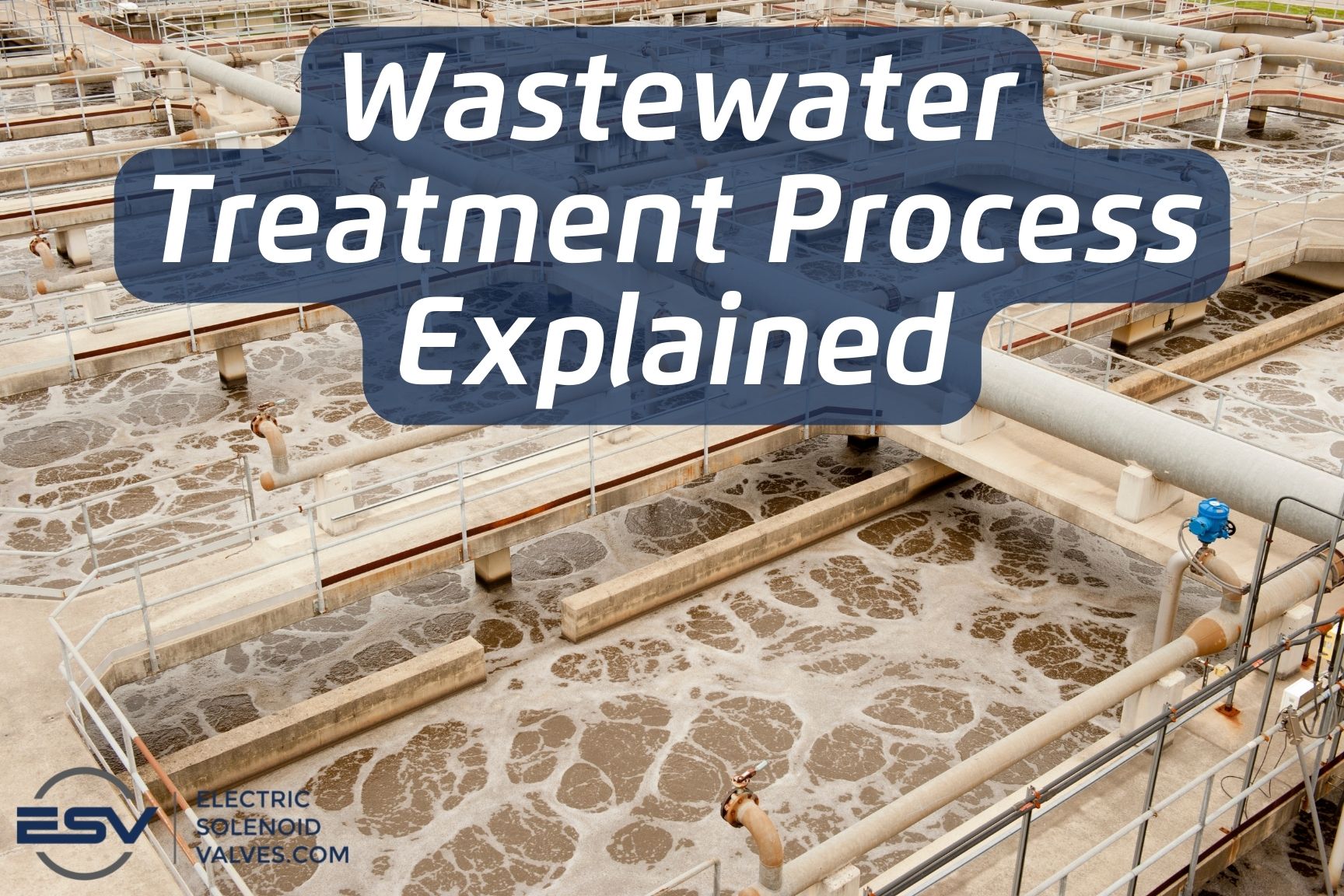Reliable Waste Water Treatment Solutions: Trick Methods and Advantages
Reliable Waste Water Treatment Solutions: Trick Methods and Advantages
Blog Article
Strategic Approaches to Boost Waste Water Therapy Effectiveness and Lessen Environmental Effect
In the world of waste water treatment, the pursuit for improved efficiency and decreased ecological effect is a perpetual obstacle that requires calculated options. As society grapples with the necessary to handle water sources sustainably, a nuanced method comes to be essential. The combination of innovative treatment modern technologies, energy-efficient procedures, source recovery strategies, boosted nutrient elimination methods, and wise monitoring and control systems represents a multifaceted structure for attending to these pushing issues. What lies at the core of this complex internet of methods is the possible to reinvent the method we approach waste water treatment, not simply as a procedure of disposal, however as a useful chance for development and environmental stewardship.
Advanced Therapy Technologies
Advanced membrane layer filtration systems have actually revolutionized sophisticated wastewater therapy processes, significantly enhancing the elimination of pollutants. These innovative systems operate by compeling water through a semi-permeable membrane layer, effectively separating contaminations from the water stream. The membrane layer's microscopic pores trap contaminants such as microorganisms, viruses, and suspended solids, enabling just detoxified water to go through. This innovation has actually proven to be highly effective in getting rid of a wide variety of pollutants, consisting of drugs, hefty metals, and organic compounds, which are usually challenging to eliminate with standard therapy approaches.
Additionally, membrane filtering systems provide various advantages over standard treatment approaches. In addition, these systems are very functional and can be conveniently incorporated into existing treatment plants or made use of as standalone systems for decentralized applications.
Energy-Efficient Processes
The integration of energy-efficient procedures in wastewater treatment systems is essential for maximizing resource application and minimizing operational prices. By executing energy-efficient technologies, therapy plants can dramatically reduce their carbon footprint and total environmental influence. One essential approach to improving energy performance in wastewater treatment is the application of innovative oygenation systems, such as fine bubble diffusers or surface area aerators, which can enhance oxygen transfer performance and lower energy usage. Furthermore, incorporating energy recovery systems, like anaerobic digestion for biogas manufacturing or making use of excess heat for thermal processes, can aid counter energy needs and promote sustainability.
Moreover, maximizing process control and automation with making use of advanced sensing units and keeping an eye on systems can boost total energy effectiveness by changing procedures in real-time based on real demand and problems. Implementing energy audits and regularly keeping track of power performance signs are crucial methods to determine locations for renovation and track energy-saving campaigns effectively. In general, the adoption of energy-efficient procedures in wastewater therapy not only profits the atmosphere yet additionally adds to long-term price financial savings and functional sustainability.
Source Recuperation Approaches
With a concentrate on enhancing resource application and sustainability in wastewater therapy systems, the application of resource recuperation methods emerges as a pivotal facet in improving operational efficiency. Source healing methods in wastewater treatment entail the recognition and removal of useful resources from the waste stream, thus transforming what was as soon as taken into consideration waste into an important possession. By applying source healing strategies such as nutrient removal and recovery, power generation from raw material, and the production of multiple-use water, wastewater treatment plants can decrease environmental impact while making best use of efficiency.

Boosted Nutrient Elimination Techniques
Carrying out innovative nutrient removal techniques is necessary for enhancing the performance of wastewater therapy systems. Boosted nutrient removal plays an essential duty in minimizing the ecological impact of cured effluent discharged into water bodies. Among the essential strategies utilized for enhanced nutrient elimination go is the procedure of biological nutrient removal (BNR), which includes the removal of nitrogen and phosphorus via biological procedures. This can be accomplished via making use of specialized microorganisms that can convert nitrogen compounds into inert nitrogen gas through denitrification, and collect phosphorus within their cells through a procedure called improved biological phosphorus elimination (EBPR)

In addition to BNR, advanced therapy approaches such as membrane bioreactors (MBRs) and built wetlands can additionally be used to boost nutrient elimination performance. By integrating these advanced nutrient removal techniques right into wastewater treatment communities, systems and markets can successfully minimize nutrient contamination and safeguard the setting.
Smart Monitoring and Control Systems
Using sophisticated innovation, the assimilation of wise monitoring and control systems changes the operational efficiency of wastewater therapy centers. These systems integrate innovative sensing units and data analytics to continually check key parameters such as pH degrees, turbidity, dissolved oxygen, and circulation prices in real-time. By collecting and analyzing this information, drivers can gain important insights into the efficiency of the therapy processes, making it possible for proactive modifications to maximize therapy efficiency.
Smart tracking and control systems additionally support remote monitoring abilities, permitting drivers to accessibility real-time information and control features from off-site areas. This remote ease of access enhances operational flexibility and responsiveness, allowing swift interventions in situation of system malfunctions or fluctuations in influent top quality. Additionally, the predictive upkeep capabilities of these systems aid protect against devices failures and decrease downtime, eventually enhancing the general integrity of wastewater treatment operations (Waste Water Treatment).
Verdict
In final thought, critical approaches such as innovative treatment modern technologies, energy-efficient procedures, source healing techniques, boosted nutrient removal techniques, and clever tracking and control systems play an important duty in boosting wastewater therapy effectiveness and minimizing ecological influence. By carrying out these techniques, wastewater therapy plants can boost their general efficiency, reduce click here to find out more energy usage, recover important sources, and guarantee conformity with environmental policies. These techniques are necessary for effective and sustainable wastewater management techniques.

In conclusion, strategic strategies such as advanced therapy innovations, energy-efficient procedures, source recuperation strategies, boosted nutrient removal techniques, and wise monitoring and control systems play an essential role in boosting wastewater treatment efficiency and minimizing ecological influence.
Report this page